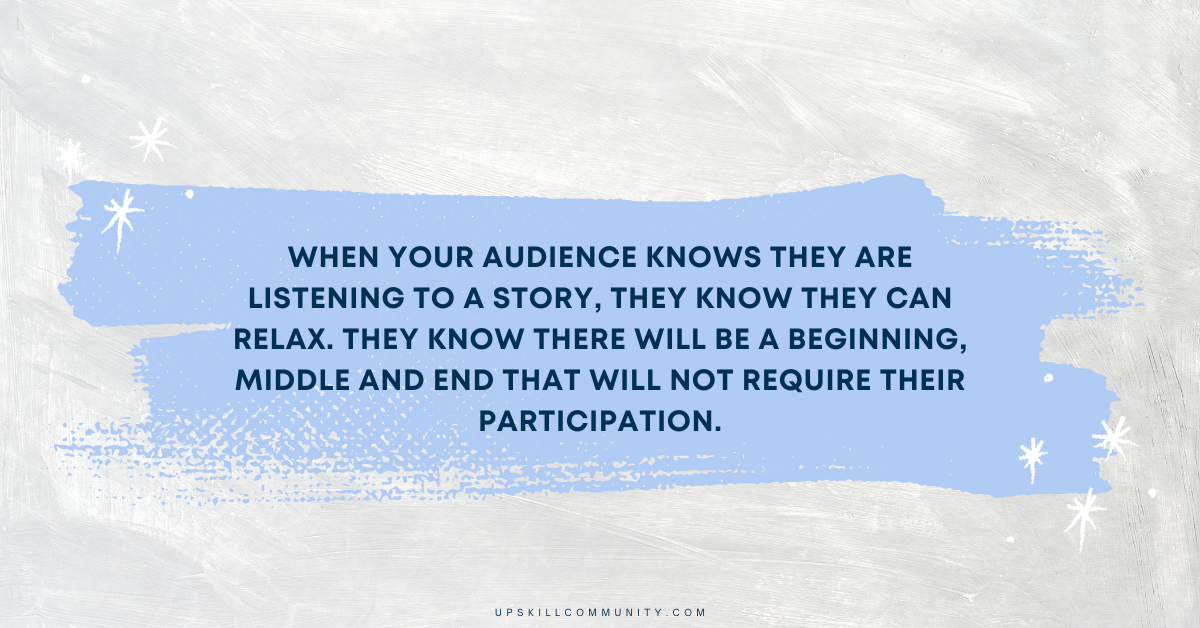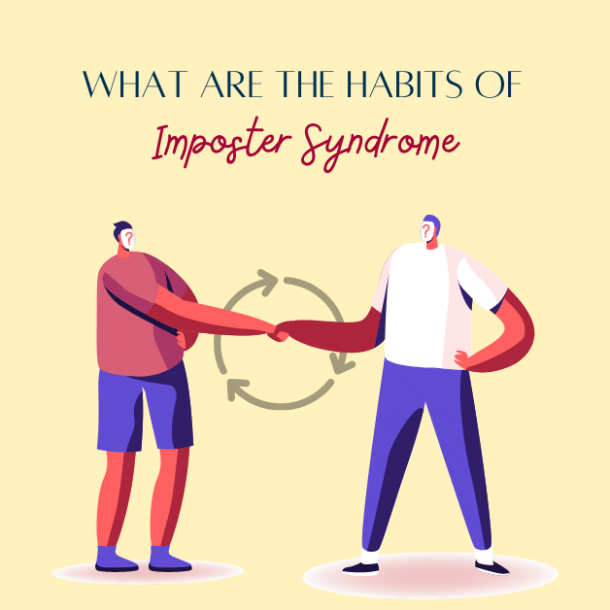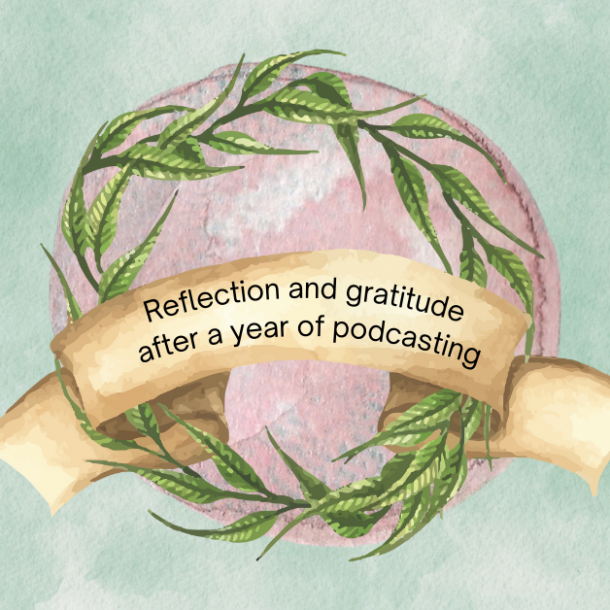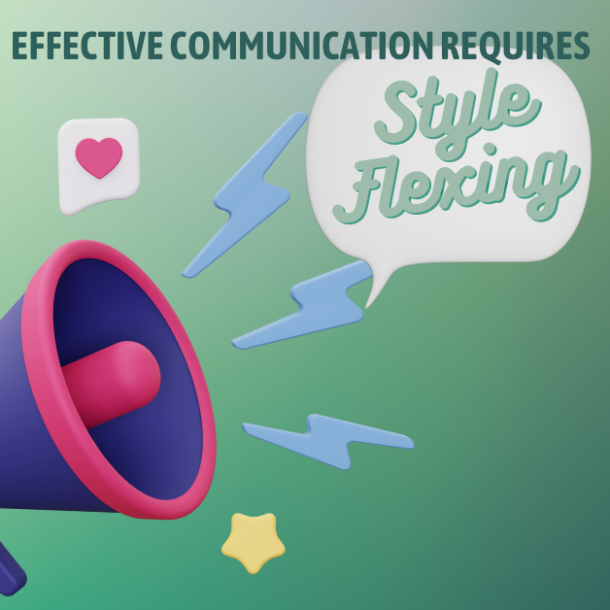UpSkill: How to Master Storytelling Structure
“The single biggest problem with communication is the illusion that it has taken place,” George Bernard Shaw.
The dictionary defines communication as “a process by which information is exchanged between individuals using a common system.”
Colleen Stewart, author of The Story Compass, shared the key to creating that “common system” with the UpSkill Community.
Stories require a proper structure; the common system of communication. This structure can serve you well in person or online, and is useful for a five-minute presentation or a 50-minute one.
As Colleen says, this structure came from German playwright Gustaf Freytag. “Freytag’s Pyramid” is a classic story structure that many people may be familiar with already, but unable to apply to their own communication. Humans used it before Freytag, he just gave it a name.
Every story must have
1. Setting
2. The challenge
3. The problem
4. The solution
5. The outcome
The setting establishes the hero. It will also establish a time period, if necessary e.g. “Once upon a time…” or “Three months ago.”

As we referenced in the previous blog post, something must get a story going. There needs to be some sort of conflict that threatens the hero’s way of life or stops him from reaching a goal. We need the “inciting incident” or “the challenge.”
This part needs to be descriptive to paint a picture for our audience. This can give your audience a shot of cortisol, the hormone tied to our human distress signal. It makes them pay attention.
Sometimes in business we frame our problems with the solution.
If a light goes out during your presentation you might say “I need the lights.”
That’s actually the solution though, not the problem.
The problem is “I can’t see anything.” That gets more of an emotional response. More cortisol, more attention.
That paints the picture for your audience.
Then the audience cares about the next stage of the story, “the solution.”
Maybe this is where your product or business can show up to save the day. You can be the “hero” of the story.
When we get to this stage of the story the audience gets a hit of oxytocin. It’s the “love drug,” the empathy drug, the trust drug.
Then we have the “outcome.” The outcome meets his goal. The conflict is eliminated and the hero triumphs.
Every story we tell can follow this structure. Whether it’s a fictional tale or a story about your business, you can mold it to suit this pyramid.
We can always set the scene. Let your readers know when the story starts.
What is the conflict you have to face? How did you overcome it?
Get your audience engaged and go on the journey with you. Make sure to show why it is relevant. Is the hero like your audience? Do his struggles mirror theirs?
Get your story arc right. Then customize it and mold it to fit your needs.



